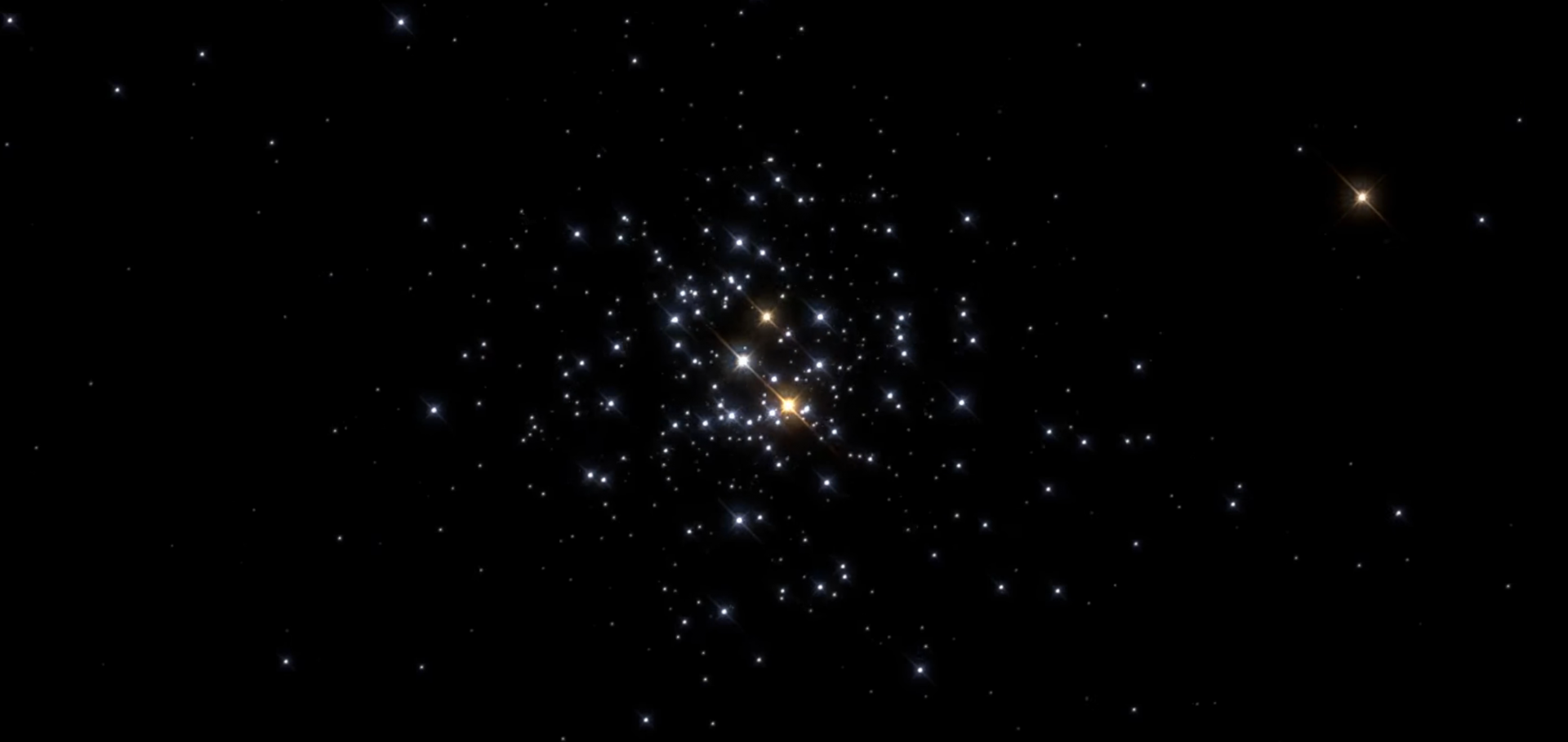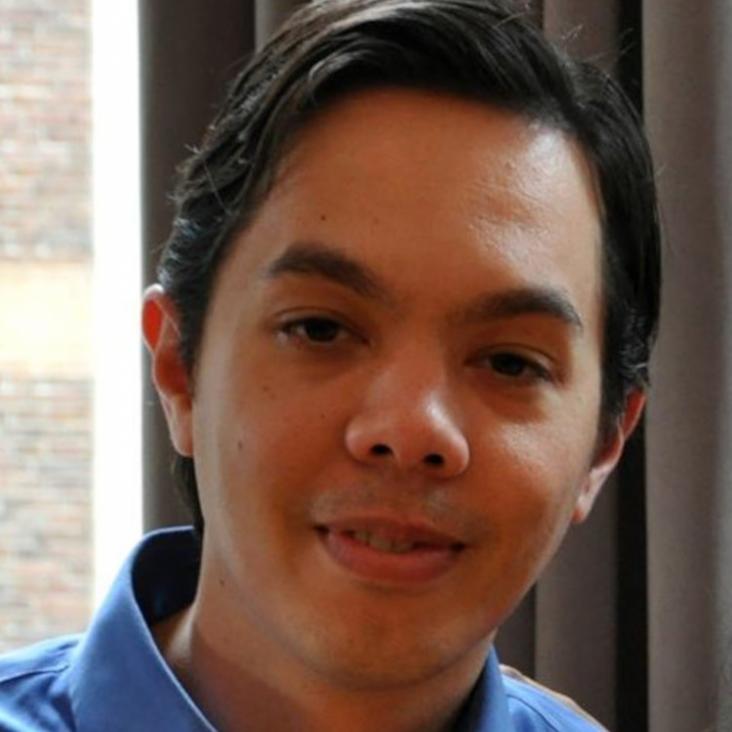Dynamical ejections of stars due to an accelerating gas filament
Monthly Notices of the Royal Astronomical Society Oxford University Press 471:3 (2017) 3590-3598
Abstract:
Observations of the Orion A integral shaped filament (ISF) have shown indications of an oscillatory motion of the gas filament. This evidence is based on both thewave-likemorphology of the filament and the kinematics of the gas and stars, where the characteristic velocities of the stars require a dynamical heating mechanism. As proposed by Stutz & Gould, such a heating mechanism (the 'Slingshot') may be the result of an oscillating gas filament in a gas-dominated (as opposed to stellar-mass dominated) system. Here we test this hypothesis with the first stellar-dynamical simulations in which the stars are subjected to the influence of an oscillating cylindrical potential. The accelerating, cylindrical background potential is populated with a narrow distribution of stars. By coupling the potential to N-body dynamics, we are able to measure the influence of the potential on the stellar distribution. The simulations provide evidence that the slingshot mechanism can successfully reproduce several stringent observational constraints. These include the stellar spread (both in projected position and in velocity) around the filament, the symmetry in these distributions, and a bulkmotion of the stars with respect to the filament. Using simple considerations, we show that star-star interactions are incapable of reproducing these spreads on their own when properly accounting for the gas potential. Thus, properly accounting for the gas potential is essential for understanding the dynamical evolution of star-forming filamentary systems in the era of Gaia (GaiaCollaboration 2016).Massive stellar triples on the edge
Astronomy & Astrophysics EDP Sciences 693 (2025) a14
Gargantuan chaotic gravitational three-body systems II. Dependence on angular momentum and astrophysical scale
Monthly Notices of the Royal Astronomical Society Oxford University Press (OUP) 536:3 (2024) 2993-3006
Isles of regularity in a sea of chaos amid the gravitational three-body problem
Astronomy & Astrophysics EDP Sciences 689 (2024) a24
Capture of field stars by dark substructures
Monthly Notices of the Royal Astronomical Society Oxford University Press (OUP) 533:3 (2024) 3263-3282


